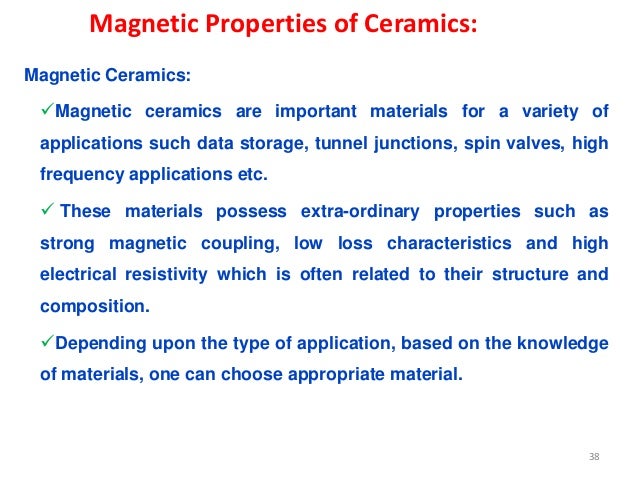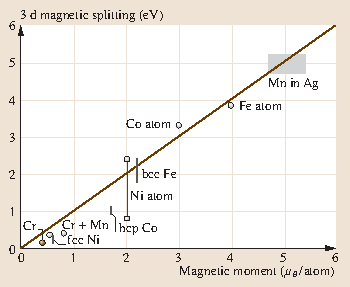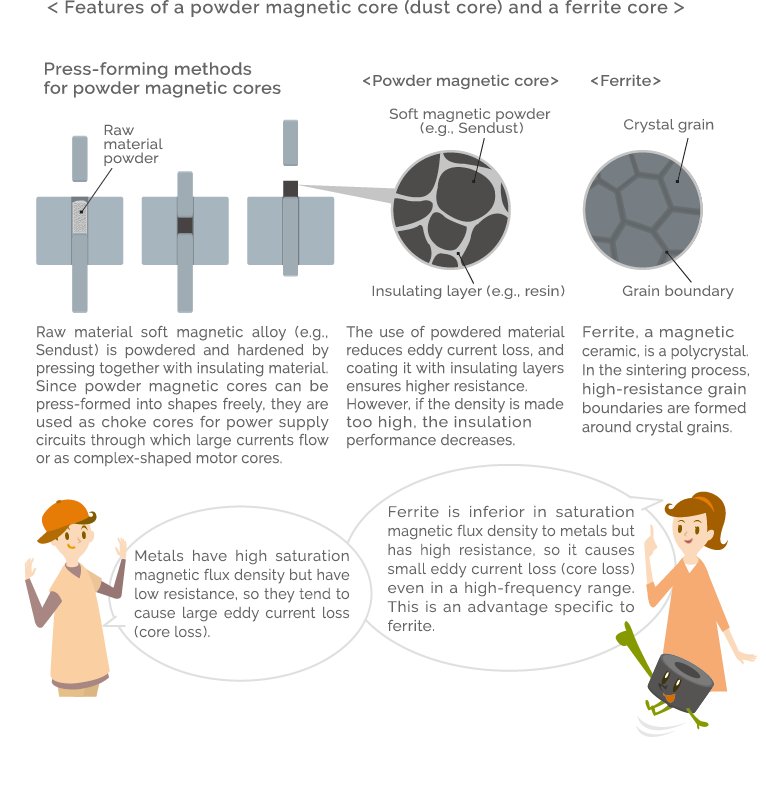Electronic And Magnetic Properties Of Metals And Ceramics

Magnetic properties of spinel ferrite.
Electronic and magnetic properties of metals and ceramics. 3b of materials science and technology a comprehensive treatment. Magnetic properties refer to the metal and alloys such as iron steel and associated alloying elements such as cobalt and nickel. Materials science and technology. These capacitors utilize the insulating properties of a ceramic material called dielectric placed between two or more metal layers to store electrical charges.
The second of two volumes in this series dealing with this topic. Medical and dental materials. This handbook encompasses traditional topics in solid state physics and chemistry as well as recent advances in materials research. Ceramic capacitors represent the bulk of the passive component market and have experienced rapid growth lately due to strong demand from the mobile device and communications sector.
Hard magnetic materials retail magnetism after the initial magnetism has been removed. Due to their high thermal stability and interesting physical properties e g thermal electrical and magnetic ceramic materials are used in a wide range of applications starting from household materials to high tech space applications. Processing of metals and alloys. Constitution and properties of steel.
Electronic and magnetic properties of metals and ceramics part i. This text on the electronic and magnetic properties of metals and ceramics covers alloys and compounds superconductivity ultra thin films and superlattices and experimental fermiology. Narendra nath ghosh amit balsing rajput in handbook of benzoxazine resins 2011. Electronic structure and properties of semiconductors.
Electronic properties of liquid amorphous and quasicrystalline alloys. Metals and alloys are classified as either hard or soft. In fact properties of ceramics and glass can be tailored to specific applications by modifying composition including creating composite materials with metals and polymers and by changing processing parameters. These are typical properties.
Not all properties however follow this trend including but not limited to electrical resistivity and magnetic susceptibility. Electronic and magnetic properties of metals and ceramics part ii. All other materials are non magnetic. The table below provides a summary of the main properties of ceramics and glass.

















